-
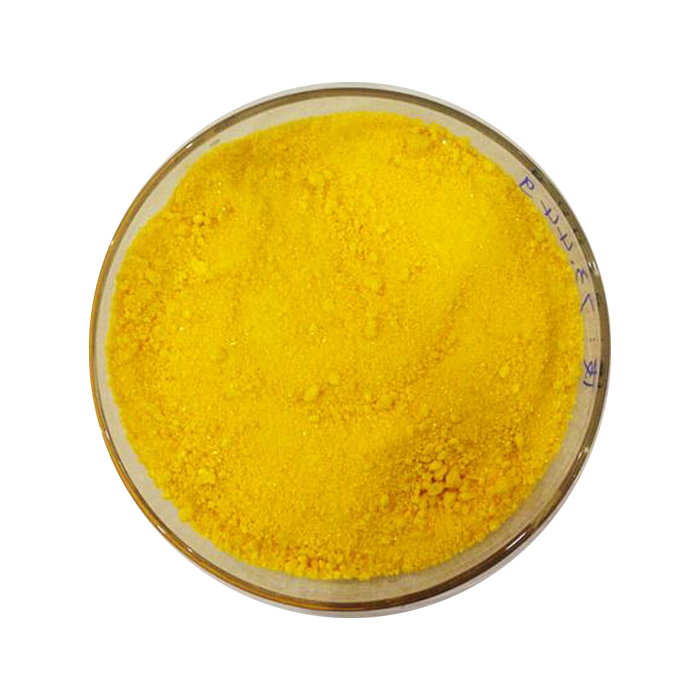
12107-56-1 dichloro (15-cyclooctadiene) palladium (ii)
Precious metal catalysts are noble metals widely used in the chemical industry owing to their ability to speed up the chemical process. Gold, palladium, platinum, rhodium, and silver are some of the examples of precious metals.
-
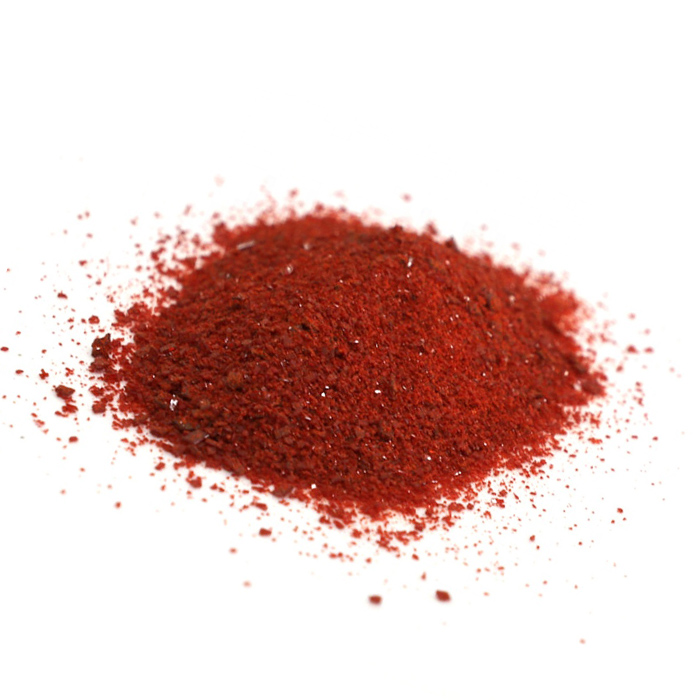
72287-26-4 Pd(dppf)Cl2 dppf palladium dichloride
Product Name: [1,1'-Bis(diphenylphosphino)ferrocene]dichloropalladium(II)
CAS: 72287-26-4
MF: C34H28Cl2FeP2Pd10*
MW: 731.7
EINECS: 460-040-3
-
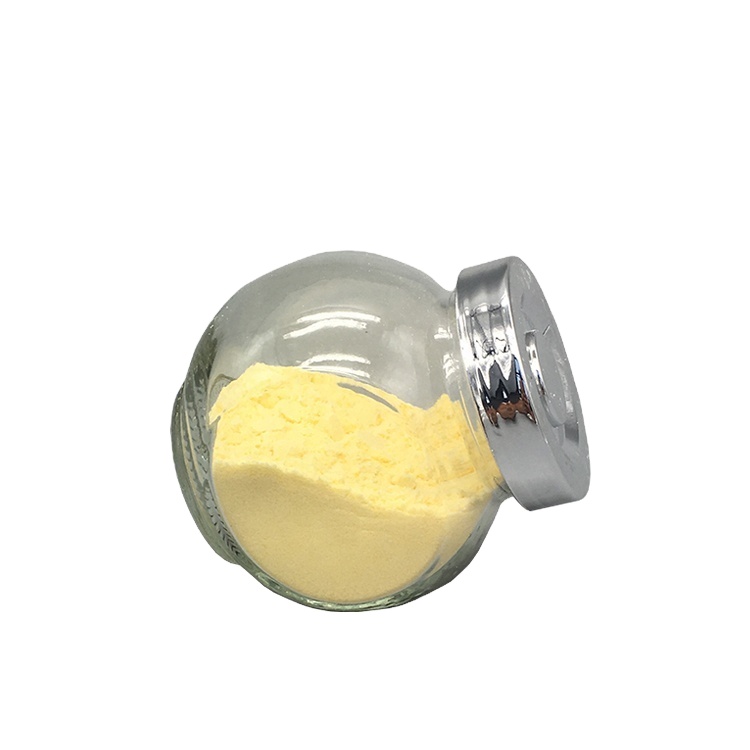
cas 13782-33-7 trans diamine dichloropalladium
Precious metal catalysts are noble metals widely used in the chemical industry owing to their ability to speed up the chemical process. Gold, palladium, platinum, rhodium, and silver are some of the examples of precious metals.
-
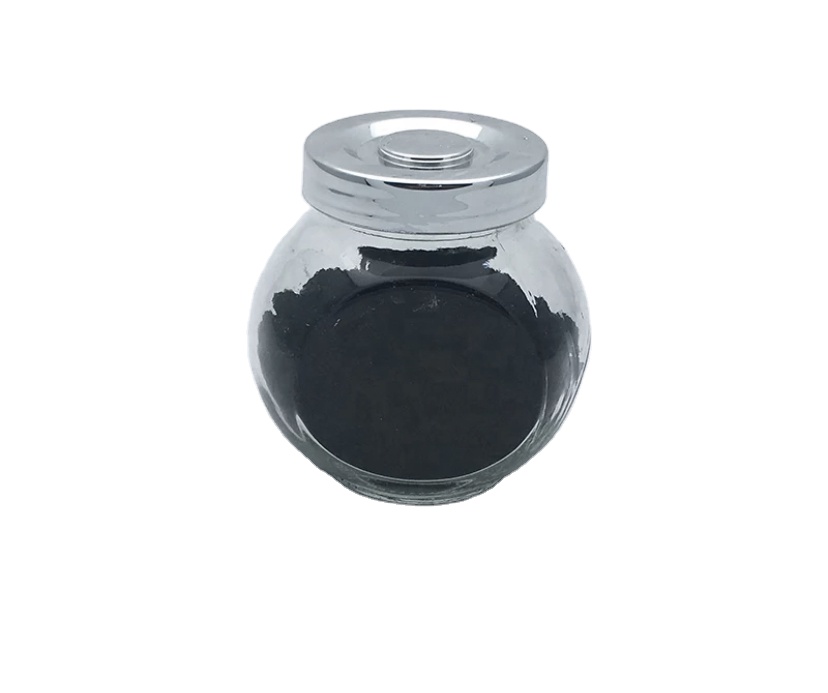
CAS 1314-08-5 metal content 86.2% palladium oxide PdO
Precious metal catalysts are noble metals widely used in the chemical industry owing to their ability to speed up the chemical process. Gold, palladium, platinum, rhodium, and silver are some of the examples of precious metals.
-
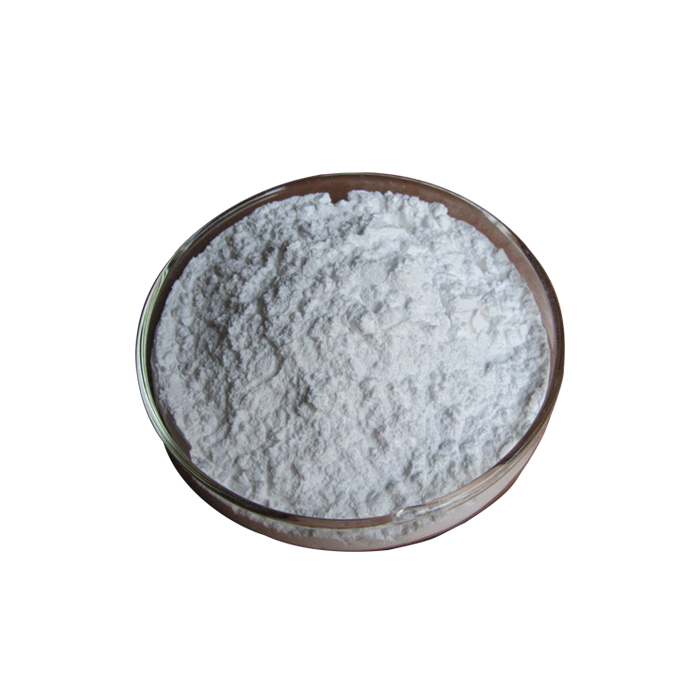
cas 14286-02-3 metal content 60.7% diammine dinitritoplatinum
We can produce over 100 kinds of precious metal catalysts and more than 10 precious metals of ultrafine powder and nano powder.Products are widely used in chemical industry(including medicine),nuclear industry,energy industry,material industry,electronic industry,military,environmental protecyion,and many other areas.
-
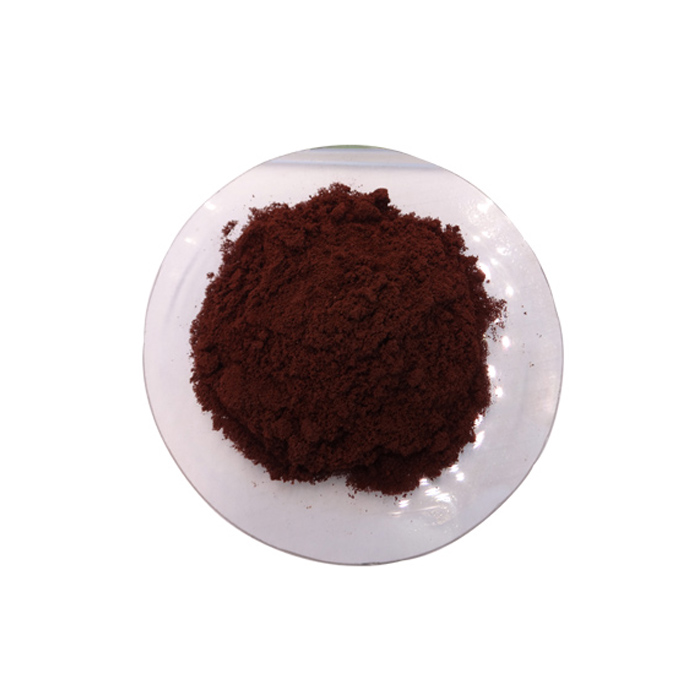
CAS 207683-21-4 disodium tetrachloroplatinate
We can produce over 100 kinds of precious metal catalysts and more than 10 precious metals of ultrafine powder and nano powder.Products are widely used in chemical industry(including medicine),nuclear industry,energy industry,material industry,electronic industry,military,environmental protecyion,and many other areas.
-
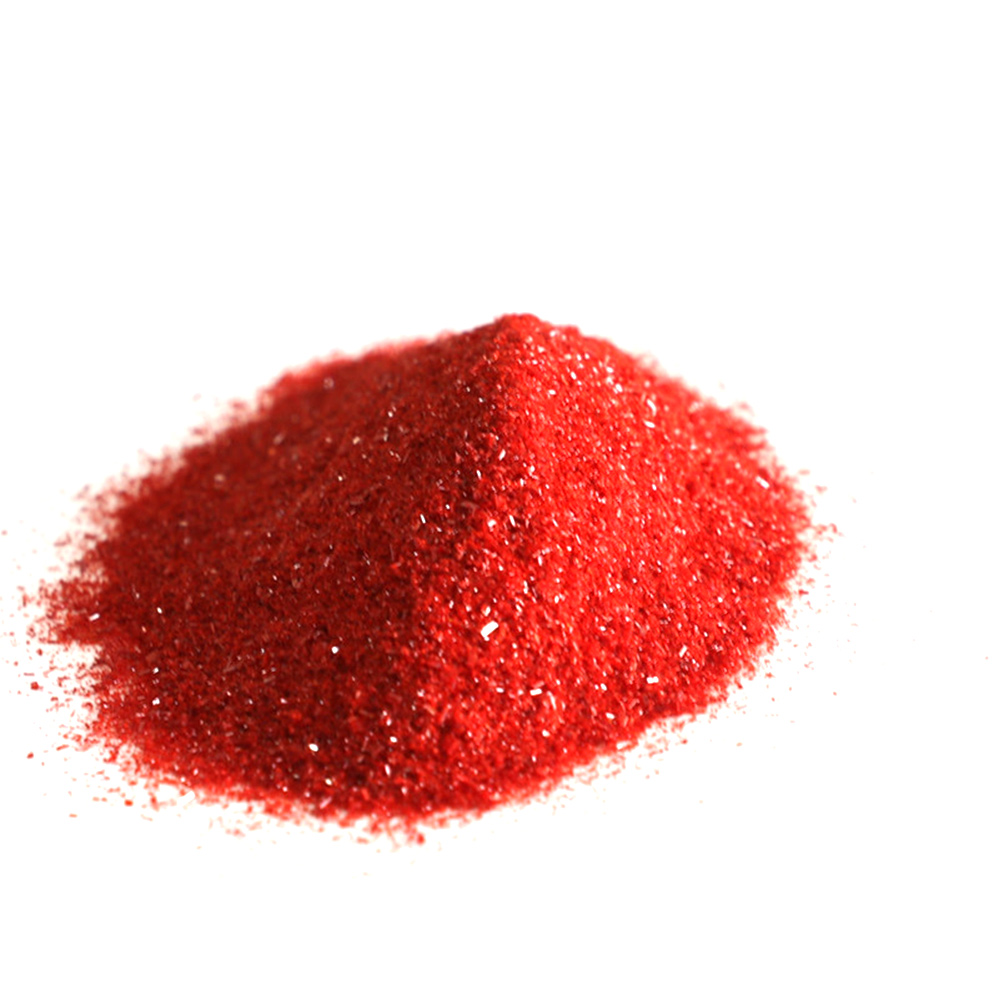
cas 18497-13-7 chloroplatinic acid hexahydrate
Precious metal catalysts are noble metals widely used in the chemical industry owing to their ability to speed up the chemical process. Gold, palladium, platinum, rhodium, and silver are some of the examples of precious metals.
-
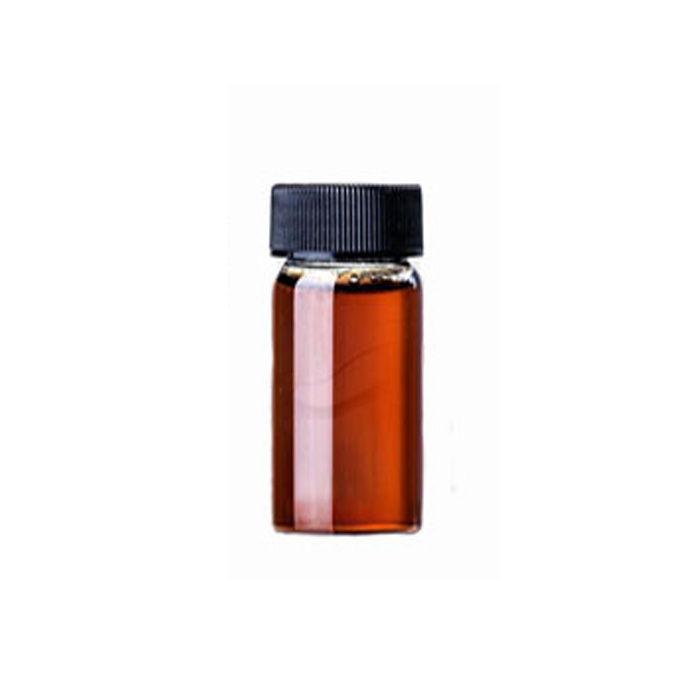
cas 18496-40-7 solution platinum(ii) nitrate
We can produce over 100 kinds of precious metal catalysts and more than 10 precious metals of ultrafine powder and nano powder.Products are widely used in chemical industry(including medicine),nuclear industry,energy industry,material industry,electronic industry,military,environmental protecyion,and many other areas.
-
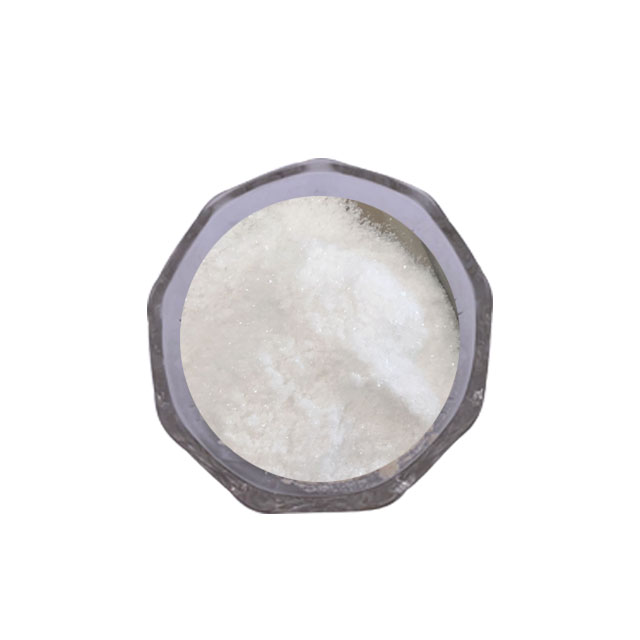
cas 13933-32-9 tetraammine platinum (ii) chloride
Precious metal catalysts are noble metals widely used in the chemical industry owing to their ability to speed up the chemical process. Gold, palladium, platinum, rhodium, and silver are some of the examples of precious metals. Precious metal catalysts are those which consist of highly dispersed nano-scale precious metal particles supported on a high surface area such as carbon, silica, and alumina. These catalysts have several applications in a variety of industries.

